Many newcomers find the process of selecting fonts to be perplexing. There is a dizzying array of alternatives, from serious, traditional-looking typefaces to cutesy, whimsical ones like candy cane and bunny styles, with no way to make sense of the options beyond scrolling through endless lists of categories and suggestions.
It takes years of practice to create a gut feeling for what typeface would work best, which is a combination of strict standards and loose intuition.
Here is a guide to help you find the right font for your design.
The importance of fonts for your branding
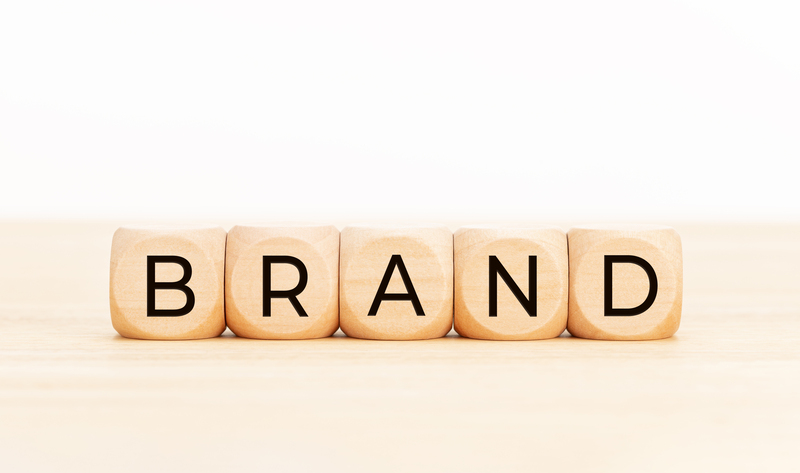
To what extent does typography have a role in brand recognition and why.
- Fonts have a communicative effect
The typography you use can say as much about your brand's values and tone as the colors you use. Therefore, each typeface category communicates a unique set of meanings about the character and goals of your organization.
There are many different kinds of typefaces because each one expresses a different emotion or idea. The use of the sans serif typeface is a prime example of contemporary typography. Designs of the present day tend to be simple, uncluttered, and straightforward; these qualities make them functional in many contexts.
Serifs are favoured for longer-form content like books and blogs due to their readability, despite widespread assumption that sans serifs are more appropriate for shorter pieces.
- Incorporates individuality into a project
The use of typographic design is often praised for the individuality it imparts to a finished product. Depending on the typefaces you use, you can give a design or website a more friendly, playful, serious, etc. vibe. Your brand's personality can be communicated through the typefaces you choose.
Some expressive typefaces are shown below:
https://aqrstudio.com/product/raster-vintage-blod-display-font/
https://aqrstudio.com/product/chiking-squad-mascot-esport-logo/
https://aqrstudio.com/product/nazeefa-script-font/
- Raises the worth of your company's name in the market
Typography is another means by which a brand's values and tone can be formed. Depending on the company's mission and target audience, a variety of different typefaces might be used to represent it. Thus, there is a wide variety of typefaces, each of which conveys a certain mood or purpose when used in a particular context.
- Fonts are used to create brand identities.
The way your brand is represented visually, particularly in terms of typography, can have a profound effect on consumer perception.
Most of us can instantly recognize the fonts associated with famous brands like Coca-Cola, Disney, and Harry Potter, and we've all seen the backlash when firms like Apple changed their iconic typography.
There is no denying that the importance of good typography is on the rise in a wide range of industries.
- Put your listeners on the spot.
Finally, there are numerous other variables that contribute to the shortening of people's attention spans. While the world is in change, it is more important than ever for brands to capture the attention of their target consumers. Graphic designers rely heavily on the readability of a font's typeface as a means of doing this.
The audience often misunderstands what goes into making an engaging commercial and thinks that all you need is some flashy visuals and clever wording. However, the typography is usually what draws the reader in. This font is one of many that stand out:
https://aqrstudio.com/product/moonlish-script-font/
Why choosing the right font is important

When designed skillfully, a typeface may convey the appropriate feelings to the reader, helping the words come to life while also being reflective of the field to which they are being applied. The font, rather of an image, serves as the visual interpretation of the text, helping readers connect with the words in the way they were meant to be. Can you recall the number of times you misunderstood someone because of what they read in an email or text message you sent?
When communicating face to face, we can add emphasis to our words through our tone of voice, our hand gestures, and even just a grin; when writing, however, words alone aren't enough. For formal documents like invitations, a simple script font can be the perfect touch, but on a children's menu, the same font would not only be out of place but might not even be legible if there was too much text.
How to choose the right font
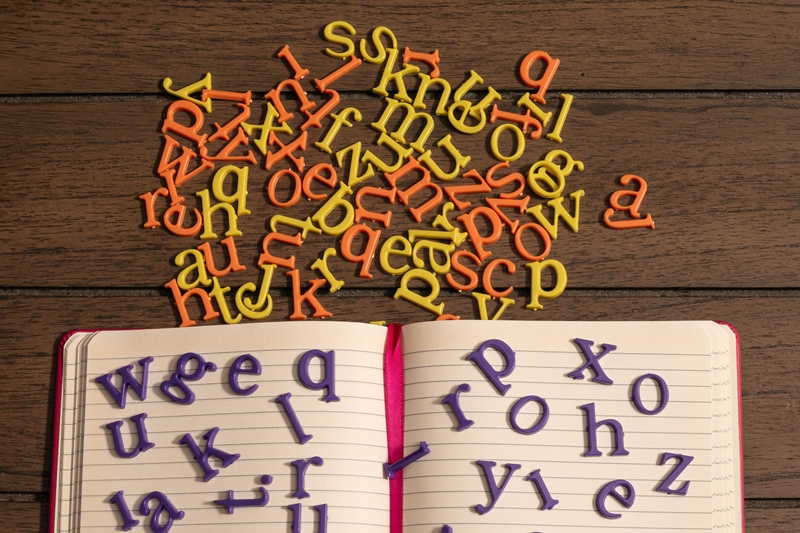
Advice on selecting the ideal typeface for your company's identity
- Figure out what your brand stands for.
A successful brand has a unique identity. Brands with memorable characters are more likely to be remembered by consumers. Thus, your brand's visibility will increase.
Every element of your brand's presentation, including tone of voice, color scheme, logo, and typefaces, should work together to provide a unified front.
It's important to consider the tone you want to set for your business before you start looking for a font.
- Find out what makes each typeface family stand out.
Those who are not well-versed in typography may be confused by the concept of font categories. However, they might serve as a great jumping-off point while you search for the perfect fonts for your business.
Typefaces can be more easily chosen, matched, and recognized with the help of font categories. The perfect font for your brand's image can't be chosen without first understanding the differences between the various categories. They might assist you in narrowing your search for a certain item.
- In choosing brand typefaces, you should keep in mind three key factors:
After narrowing your options down to one or two brand typefaces, there are a few more steps you should take before presenting them to a customer or management.
The fonts used by a company should be versatile.
You should test these typefaces extensively across several platforms before committing to them for extended use.
Make sure you prototype your ideas for applying your branding typefaces on packaging design, your blog, in public presentations, and in static social media photographs.
Brand typefaces should come in a variety of weights.
A brand's style guide should include information on how to properly use multiple font weights to establish a logical hierarchy in written content.
It's important to use different font weights for headers, subheadings, body material, pop ups, and quotes.
Typefaces used in branding should be easily readable.
And finally, brand typography should be legible. It's important that any material formatted in your brand fonts is legible and understandable regardless of case.
What to consider before choosing a font
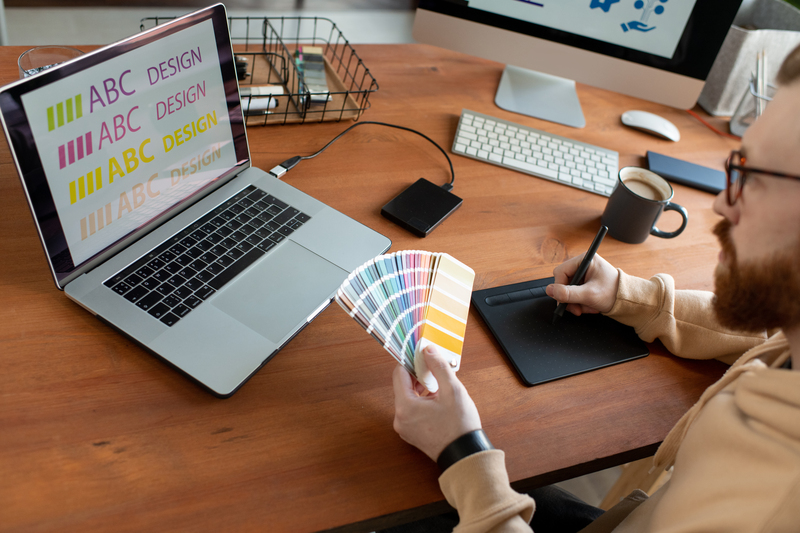
- Scope
When selecting a font, designers should first think about the overall scale of the project or projects in question.
Designers should consider whether or not the typeface will be utilized exclusively for digital or both digital and print projects. They should also consider how long the fonts will be utilized, if at all. Making a list of all the possible projects a typeface will be used for at the outset can be helpful.
- Moodboard
Designers should think about the overall tone of the project and how the typefaces they are considering contribute to or detract from that tone when making their final selections. A website for a legal office, for instance, would look out of place if designed using Comic Sans
Evaluation of typeface options can be facilitated using mood boards.
- Message
Whether it's a presentation deck or the visual identity of a company, the appropriate font to select is dependent on the project's message. The typeface should match the content; if the message is serious, use a serious font, and vice versa.
- Licensing
While the licensing for many fonts are broad enough to permit use in almost any context, some are not. Some licenses restrict use to a specific format or media. Some companies only permit product placement in promotional materials, while others may change their minds.
Another thing to think about is whether or not different designers working on the same project will require their own licensed copy of the font. For this reason, it is imperative that designers investigate the licensing of any fonts they plan to use, as well as any restrictions that may come with utilizing them.
- Font Pairing
It's not always easy to mix and match fonts. It's possible to create thousands of unique combinations by simply combining a few basic typefaces. However, others are so singular in personality that it's hard to find complementary traits.
In order to get proficient at it, designers need to experiment with different font combinations and practice a lot.
- Style
Serif, sans serif, display, and script are the four most fundamental types of typefaces. The use of serif fonts has come to be associated with a more official tone (though not all are). Modern, minimalist design often favors sans serif fonts. However, the appearance of display fonts varies greatly, making them unsuitable for use at small sizes. Script typefaces are designed to seem like handwriting or calligraphy. Script and display typefaces are best utilized for very brief passages of text, such as headlines and titles.
- Brand
Making a list of keywords that describe the brand is a good first step in narrowing down typeface selections based on brand fit. As a result, designers will be able to look for typefaces that fit their criteria by using the same search terms.
If a company's image is serious and conservative, for instance, Garamond or Caslon might be appropriate typefaces to use. The designer may go for a futuristic typeface like Roboto or Raleway to convey the brand's progressive attitude.
- Legibility and Readability
Readability is one of the most crucial requirements for every typeface. Considering the purpose of type is to convey meaning, if the text is unintelligible, the typeface is ineffective.
To be sure, legibility differs slightly from readability. The legibility of a font is measured by how quickly and effortlessly you can read text set in that font. The term "readability" is used to describe the clarity with which individual words may be identified and deciphered.
Languages Almost always, it's necessary for the typeface to be able to display extended Latin characters such as accents and umlauts. The lack of support for accents can make a project look unprofessional, at best.
So… what makes a good font?
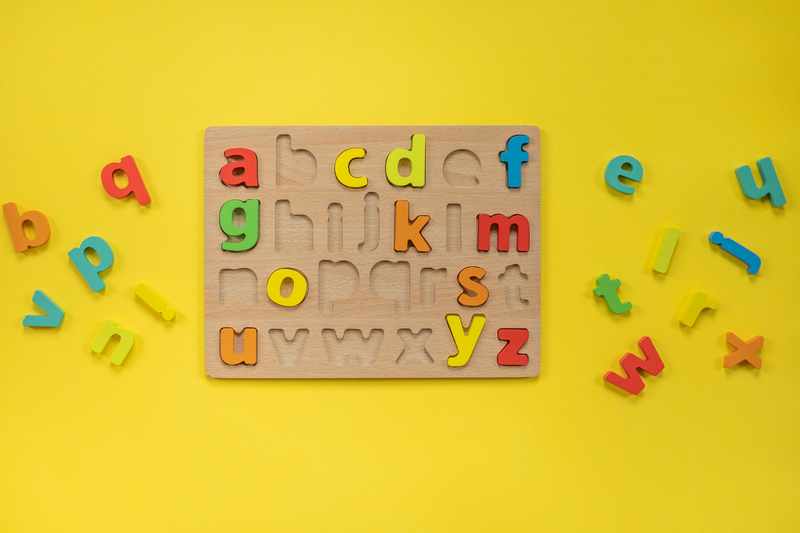
At the end of the day, there is no bad or good font. Only a font that is used properly, and one that isn’t.
However, if you’re a beginner, here are three principles to identify the basic of a good font.
- Kerning
Kerning refers to the gap between two characters. When there isn't enough room for the typeface, the letters get jumbled and difficult to read. When there is an excessive amount of space between words or letters, it can be difficult to determine which is intended. Uneven spacing between the characters? It's awkward and unpleasant to look at.
The even kerning of Futura and Helvetica, for example, makes them easy to read; the arrangement of the letters, whether they are bold or slim, provides the reader the impression of clean spacing.
- Consistency
When characters are uniform in appearance, they are easy to read and write. If the "A" in a typeface has serifs, we expect the "B" to have them as well.
As an analogy, if a font's letters are thick and have rounded edges but the numerals and punctuation aren't, it seems unfinished.
- Balance in fonts
A decent font should have a nice equilibrium of thick and thin, hefty and soft strokes.
Didot is a great typeface because it strikes a nice balance between thick and thin strokes. Bodoni, with its powerful vertical strokes and lighter arches and curves, is another well-known example of a balanced font. The serifs on the ends of the letters add a refined touch and function as visual and conceptual counterweights, helping to keep the text in its intended vertical alignment.
Those are some of the essential knowledge every designer and business owner should know before creating the branding of their business or project.
Have you decided on which font to use? Let us know in the comment below!

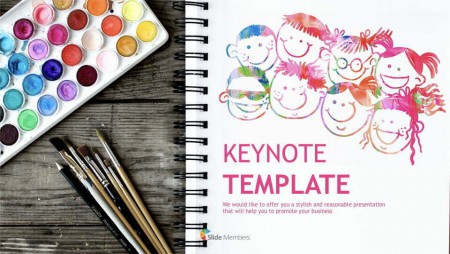
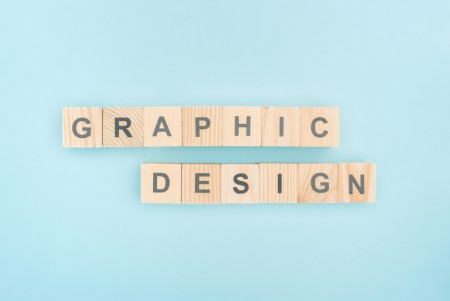
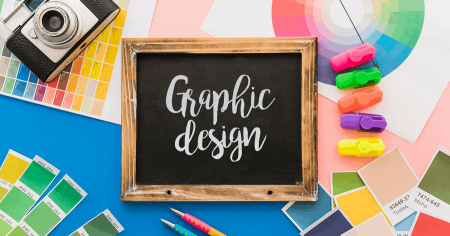



Customer questions & answers